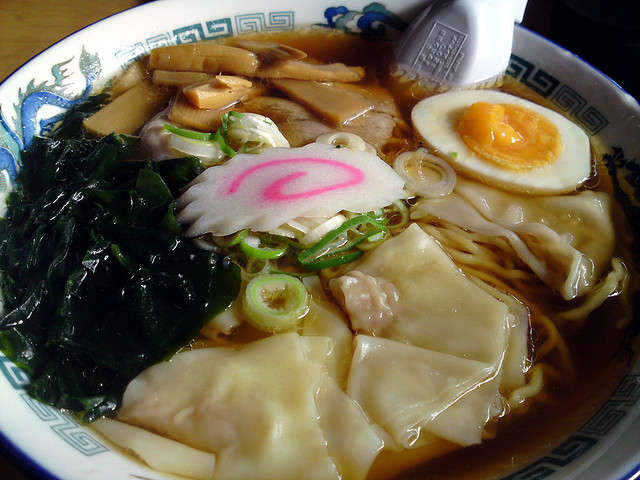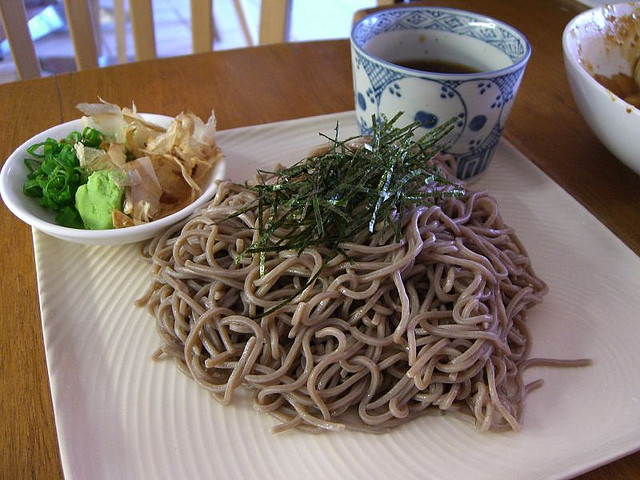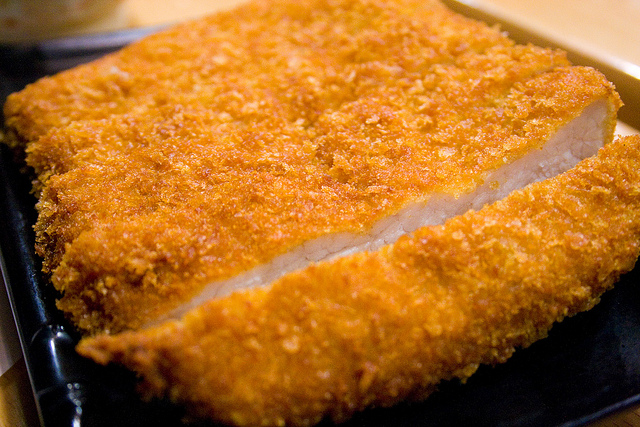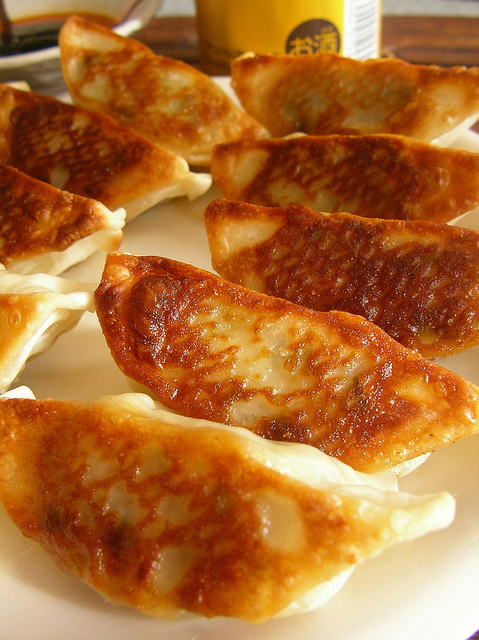Japanese Food 101: A Beginner’s Guide to Your Next Impressive Business Lunch
If you’re looking for a flavorful and creative cuisine to serve at your next catered office lunch, think Japanese — but this time, leave the raw fish out of it.
While sushi makes for a delicious lunch at the office, and is certainly the most famous kind of Japanese takeout food, there’s a wide range of other items that make excellent fare for meetings or a more formal business lunch. Like with any new cuisine, it can be tricky to know where to start, so here’s our primer for some of the most popular (and tastiest) items to consider for your first foray into the beyond-sushi world of Japanese cuisine!

Image source: Flickr user xxHxx
Noodles
If the only Japanese noodle soup you’ve tried comes in a Styrofoam cup, you’re in for a treat. Savory, rich soups are a staple of Japanese food, and here are a few of the most common you’ll encounter:
Real ramen has little in common with Cup Noodles, that 50-cent dorm-room favorite, and is thankfully growing in popularity in the Western world (Chinese in origin, it’s long been popular and respectable in Japan). The beauty of ramen is its customization: while thin, lengthy noodles and a flavorful broth, usually meat or fish-based, are the foundation, ramen can be topped with a wide range of “mix-ins” like sliced pork, shiitake mushrooms, soft-boiled eggs, seaweed, and scallions.
Another popular Japanese noodle soup is made with udon noodles; made from wheat flour, these are thicker and “jigglier” than ramen. While used in many dishes, the most simple is to plop udon noodles in a broth with dashi (a kind of seafood stock), mirin (a light, sweet sauce), and soy sauce, and topped with seafood, fried meat, or delicate fish cakes.
Soba are buckwheat noodles, with a pronounced nutty flavor. Soba can be served in a hot soup, or chilled, with a thicker version of their traditional savory tsuyu broth alongside for dipping.

Image source: Flickr user Alpha
Tonkatsu
If you have a meat-and-potatoes-loving coworker, make sure to include tonkatsu in your Japanese order. Tonkatsu is a pork cutlet, breaded in panko, and fried to a crispy golden brown. Traditionally served with a mild curry or doused with its namesake sweet and tangy sauce — and almost always accompanied by rice and shredded cabbage — it’s a relatively straightforward dish that can be easily presented to wary diners as a kind of deep-fried pork chop.

Image source: Flickr user pinlux
Okonomiyaki
Okonomiyaki are savory Japanese pancakes. An egg-and-flour batter is plopped on a hot griddle with veggies, like scallions and cabbage, and an optional meat, like pork; everything is scrambled together into a thin, round pancake just begging to be drizzled with its own signature mayonnaise or even tonkatsu sauce. While going out for okonomiyaki at a traditional Japanese restaurant is a true adventure (some allow you to cook the pancake yourself on a hot griddle in the middle of your table), ordering pre-made okonomiyaki to be delivered to the break room is still a festive – and delicious.
Gyoza
Many countries can boast a signature stuffed dumpling (think pierogi from Poland, samosas from India, even ravioli from Italy), and Japan is no exception. Gyoza are similar to Chinese potstickers, but made with thin wrappers stuffed with minced pork and cabbage, then pan-fried on one side for a crispy finish. Gyoza make a fantastic appetizer for office meals.

Image source: Flickr user Hajime NAKANO
For a festive celebratory occasion or to impress clients at a more formal business lunch, Japanese takeout and delivery offers a wide range of flavors to explore, right in the office. With prompt delivery and easy online ordering, your Japanese feast can begin in no time when you contact Waiter.com!